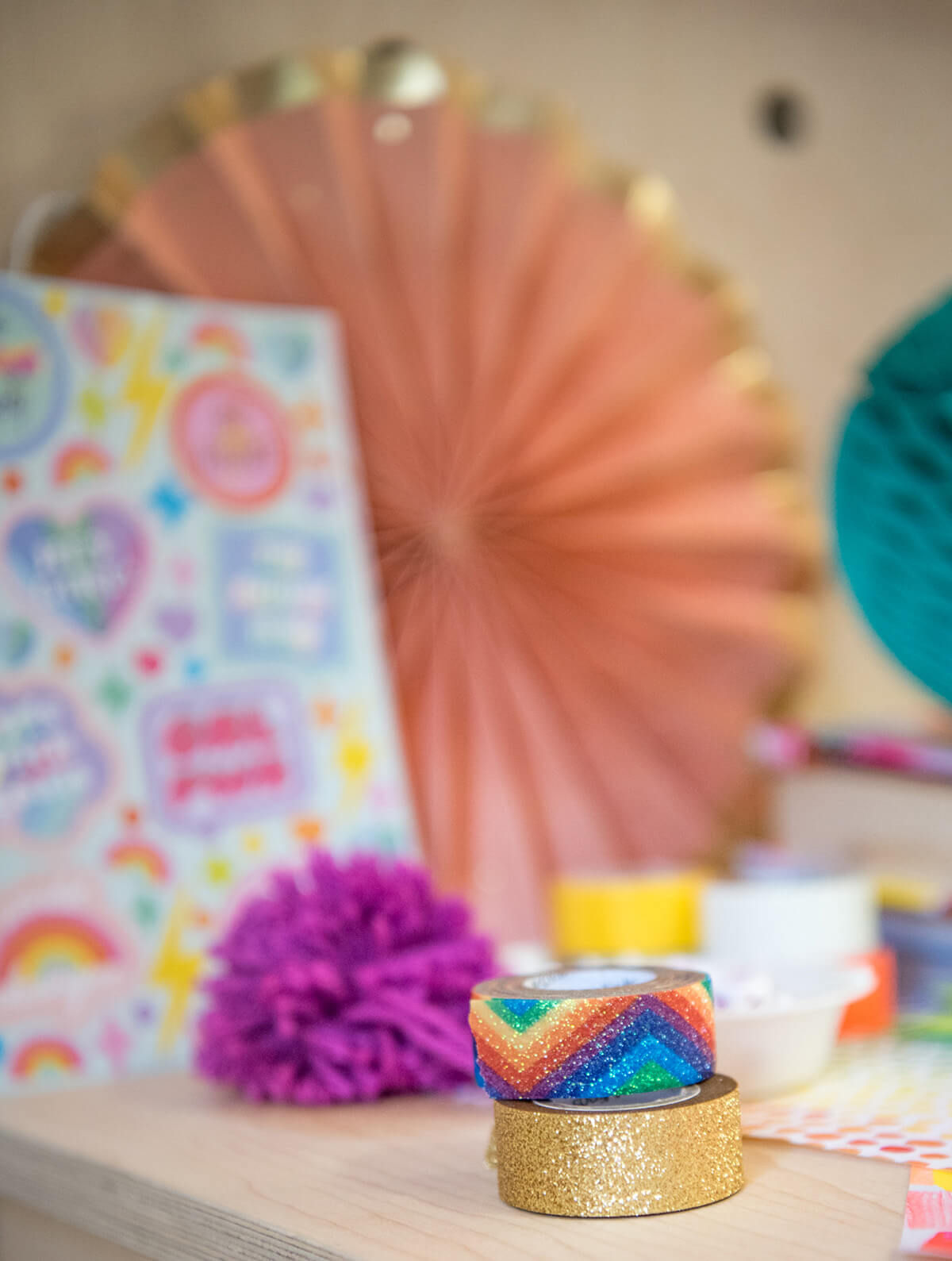People often tell me that they are simply “not creative.” And I’m always quick to remind them that creativity is something you do every day. It goes way beyond making art.
Creativity is a way of thinking, living and being. It’s what happens after you get up in the morning, whether it’s trying out a new recipe, selecting an outfit or noodling a project at work. It’s how we interact with and learn from our experiences.
When people talk about creativity, it helps to understand that the brain is wired to think in two ways: convergent thinking and divergent thinking. These are defined by Merriam-Webster Dictionary as:
Convergent Thinking: thinking that weighs alternatives within an existing construct or model in solving a problem or answering a question to find one best solution, and that is measured by IQ tests.
Divergent Thinking: Creative thinking that may follow many lines of thought and tends to generate new and original solutions to problems.

The distinction between divergent and convergent thinking implies a dichotomy. But it is more accurate to think about problem-solving as involving both divergent and convergent thought.
In the natural environment, it is unusual to find a problem that relies completely on one mode of thinking over the other. They function best when used together.
To explain what I mean, think about your experiences in 2020. For many, this year was an awakening, a call to think creatively. Consider for a moment all of the resourceful ways we’ve had to adapt to new circumstances in our work, home, school and social activity.
Many of us tried new recipes. Maybe you reevaluated race and equity, and you’re trying to better understand who you are through a new lens. Perhaps, amidst all this chaos you have rediscovered that you really are creative, and it has been the very thing to give you respite.
So, creativity is the method/art of working to find the best answer (convergent) by inventing and using a new approach (divergent.)
The reason why artists are so often linked to creative thinking is because they are taught to approach it from both convergent and divergent approaches. First, they learn the techniques, habits and conventions of socially accepted tastes. But then, they are tasked to go beyond that, to get their “inner weird” on.
We can think of countless examples over the canon of Western European art history that has told the narrative of an artist who broke from convention: Matisse, van Gogh, Seurat, Pollock and Warhol. They all got a little weird and broke from the habitus of convergent thought.
Of course, we don’t all have to be so bold! But we can tap into convergent and divergent thought during every moment of our day.
However, it can be a challenge to maintain equilibrium between convergent and divergent thought. Much of human history, for example, is viewed through the lens of convergent thought. In fact, convergent thinking has frequently insulated social conventions, many of which seem unthinkable today.
For instance, many of the signers of the Constitution owned slaves, despite the fact that the document protected life, liberty and the pursuit of happiness.
And those same Western European art history texts managed to overlook all of the artists that were female and/or people of color. Obviously, they were making art at the same time, but why do we know about so few? How has this Story of Art been taught in our schools for so long?
I do not believe this is because people aren’t inclusive, good-hearted or well-meaning. But rather, the habits of pedagogy, teaching and learning have overemphasized convergent thinking and discouraged divergent thinking. It is in everyone’s interest to nurture creativity by fostering new points of view.
Creative-divergent thought has always been the driver of change. At each juncture in history, divergent thinkers have been the ones to transform human capacities in order to overcome these habits of thought and associated action, to think more critically and compassionately.
At CPS, we want to nurture and be a part of this change. We teach kids how to comfortably engage in divergent thinking alongside the safety rails of convergent thinking.
This not only helps them to learn about and become more themselves but fosters an authentic sense of belonging that can improve their lives every day.